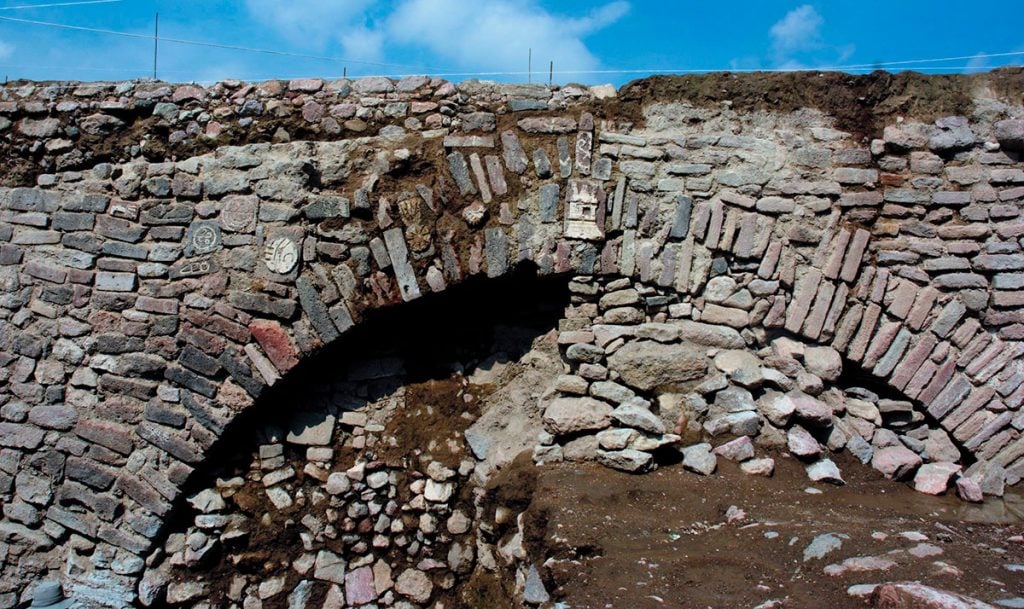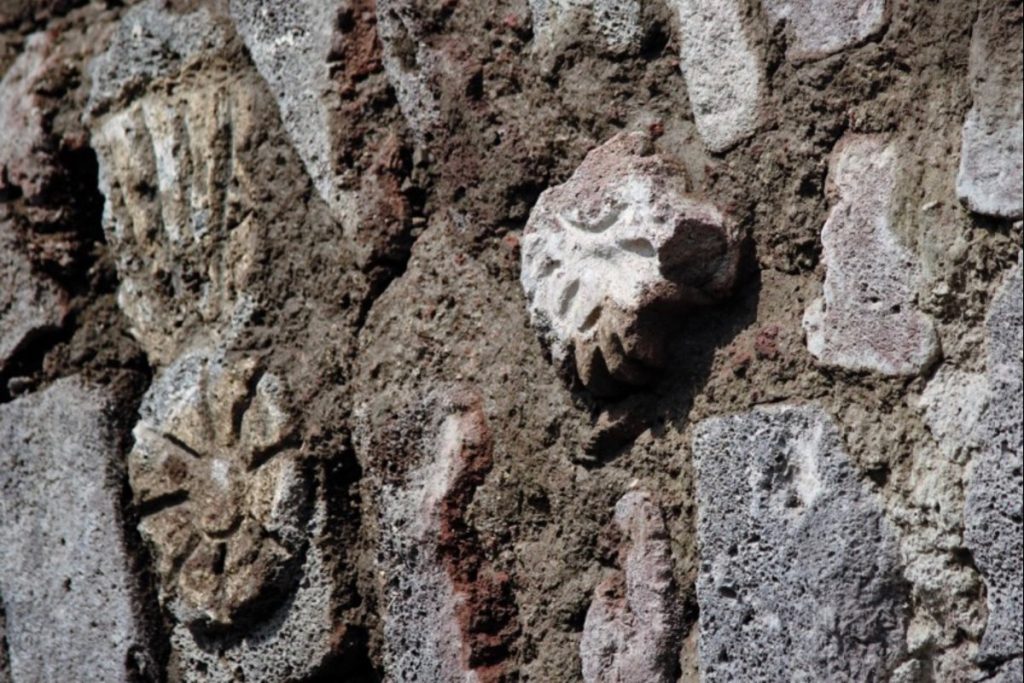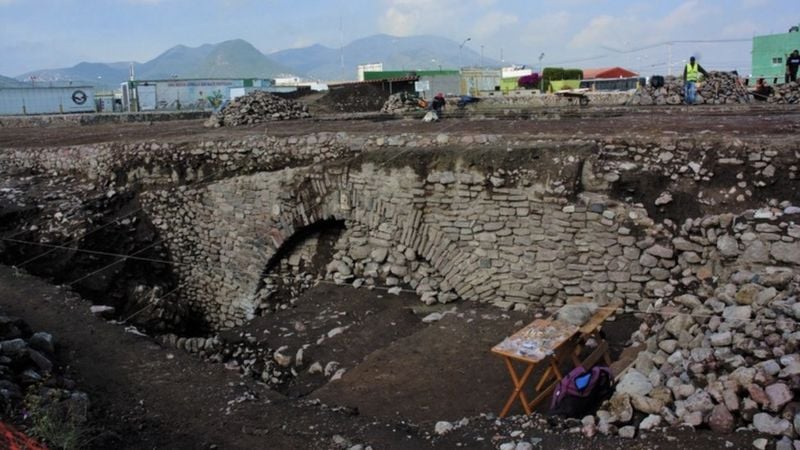Archaeology & History
Strapped for Cash, Mexico Will Re-Bury a Tunnel Filled With Aztec Petroglyphs That Was Meant to Become a Tourist Site
Construction workers uncovered the tunnel in 2019.

Construction workers uncovered the tunnel in 2019.

Sarah Cascone

When a historic tunnel was discovered on the outskirts of Mexico City two years ago, the government decided to turn the archaeological site into a tourist attraction.
But that plan has become a casualty of the pandemic, and it will now be re-buried, due to a lack of funds caused by rising health-care costs.
“The global health contingency caused by COVID-19 forced the institutions of the different levels of government to prioritize the allocation of resources for the health care of the population,” the National Institute of Anthropology and History (INAH) wrote in a statement. “For these reasons, the archaeological project had to be postponed.”
Construction workers building a new stop for the Mexibús rapid transport system uncovered the tunnel in 2019. The Roman-style arches suggest it was built by the Spanish, but it is decorated with Aztec symbols. In total, archaeologists found 11 petroglyphs and stuccoed reliefs, including a bird of prey, a war shield, and a flint, according to ArtNews.

A tunnel unearthed near Tenochtitlan in 2019. Photo courtesy of the INAH.
The tunnel was part of the Albarradón de Ecatepec, the flood-control system also known as the Calzada de San Cristóbal that protected the city of Tenochtitlan, which was prone to flooding from rising waters and torrential rains.
In total, the Albarradón de Ecatepec stretched across 2.5 miles. It was built by New Spain in 1605, 80 years after its conquest of the Aztec city.

A tunnel unearthed near Tenochtitlan in 2019. Photo courtesy of the INAH.
But it may have been Indigenous laborers who added artworks to the European-style construction. It’s also possible that the carvings were recycled by the Spanish from a demolished Indigenous building.
The INAH has been working to preserve the Albarradón de Ecatepec since 2004. To protect the discovery before the tunnel is filled in, the petroglyphs will be covered in masonry.